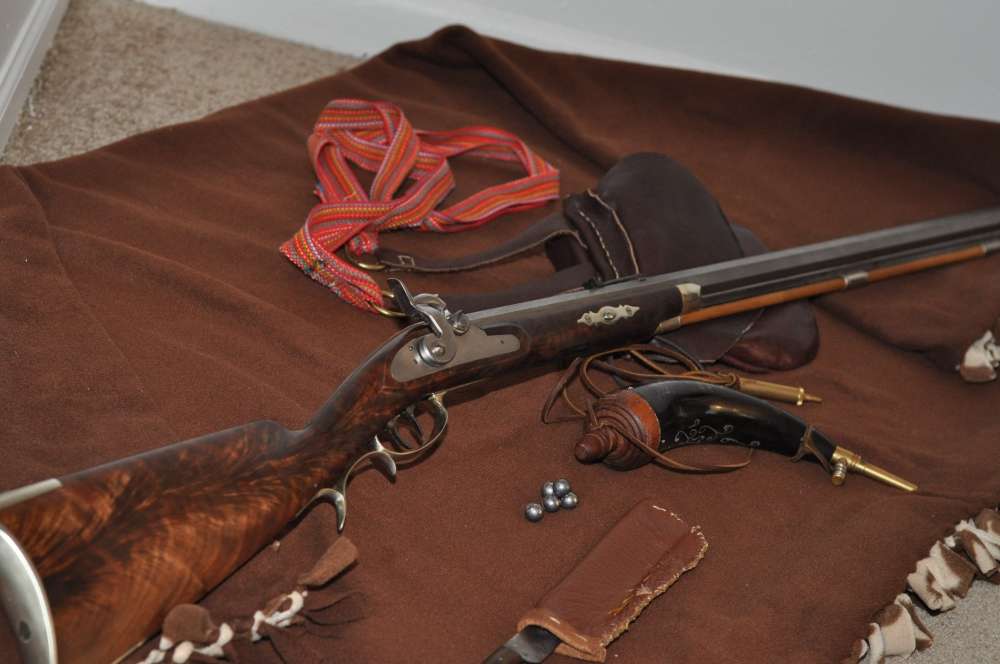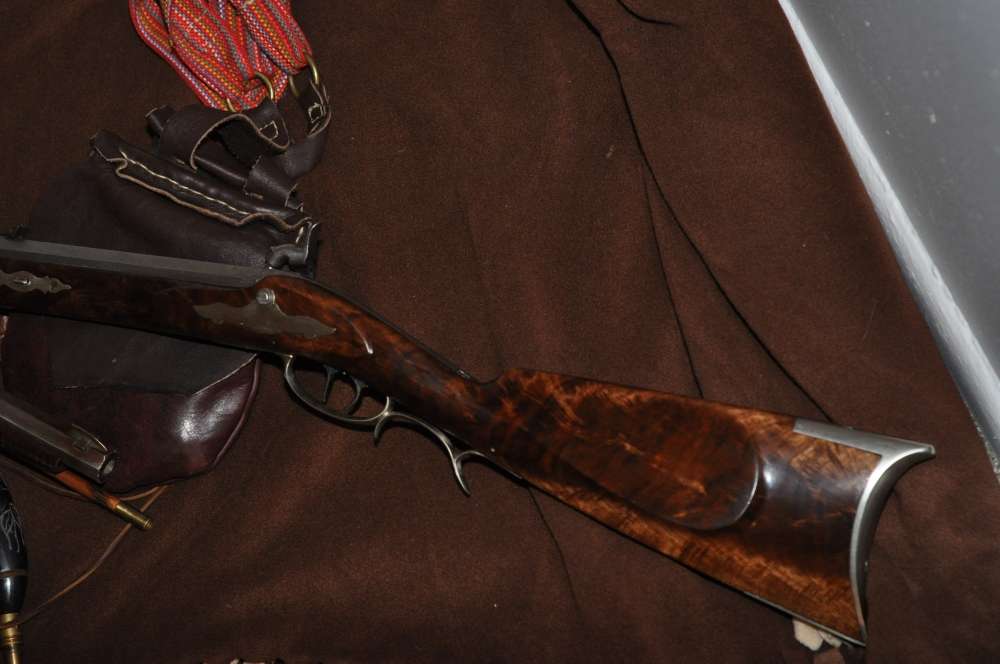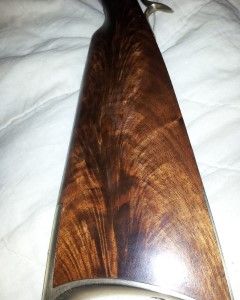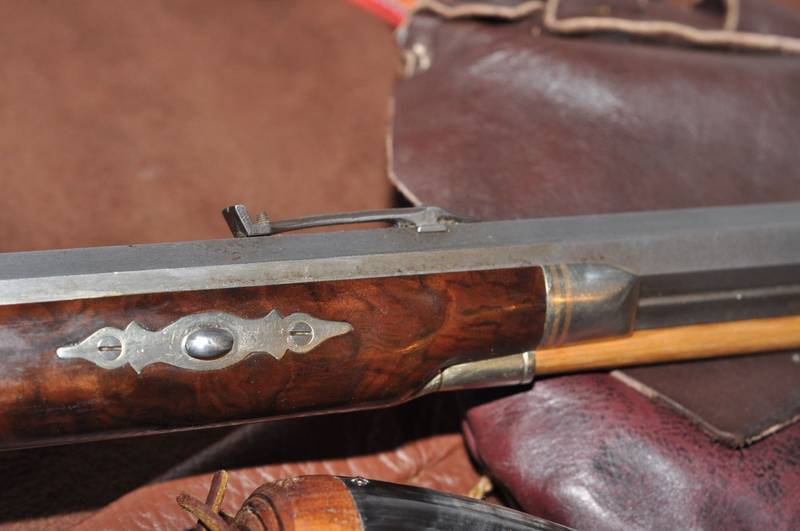Mark Herman
50 Cal.
- Joined
- May 22, 2019
- Messages
- 1,060
- Reaction score
- 546
Dphar,
Rifles, like the Vincent's, with a deep crescent butt plate are not shot from the bicep or shoulder. These rifles are meant to be shot with the but plate "between" the bicep and shoulder.
Rifles, like the Vincent's, with a deep crescent butt plate are not shot from the bicep or shoulder. These rifles are meant to be shot with the but plate "between" the bicep and shoulder.











